Know as The Plain of Jars, it is a place in Laos, and the name pretty much explains it. It’s plain with a lot of stone jars on it. Literally, thousands of mega jars are found on this plain. The jars are between one and three meters high, and about the same in diameter.
Made completely out of stone. This megalithic archaeological found is dated way back to the Iron Age (500 BC to 500 AD). And it is one of the biggest and most important prehistoric sites in Southeast Asia.
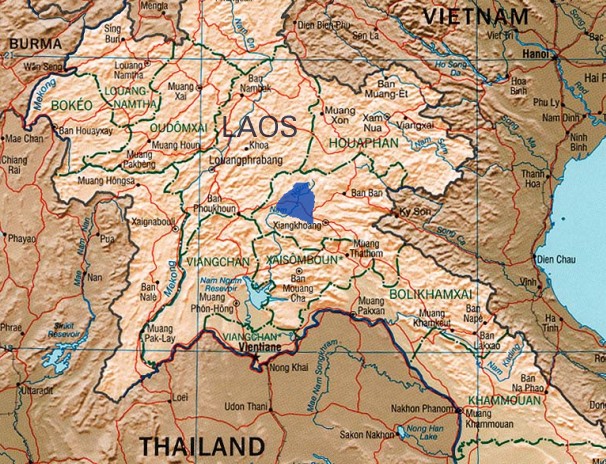
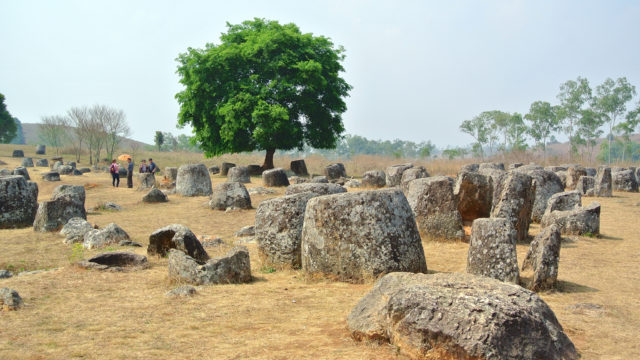
There are several different sites where these jars have been found. At some places, multiple jars are clustered in circles, as much as 400 in one group. They are all cylindrical in shape and the bottom is wider than the top.
Most of the jars have lip rims, suggesting that maybe there used to be lids for them. Even though only several stone lids were ever found. Archaeologists think that maybe the lids were made from wood that decomposed with time. Which is very logical, imagine having to move a heavy stone lid every time they needed a drink.
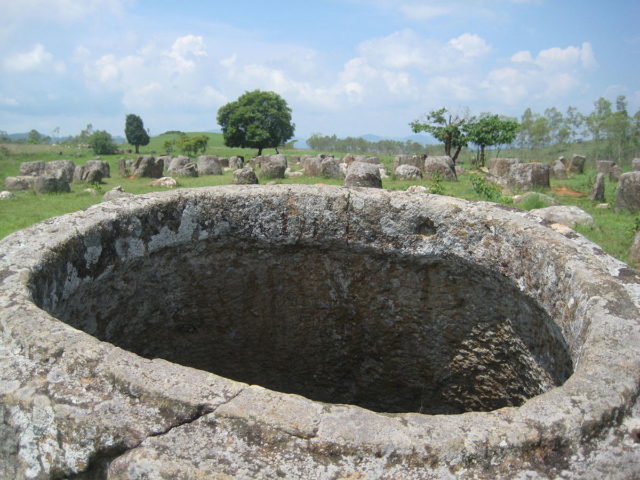
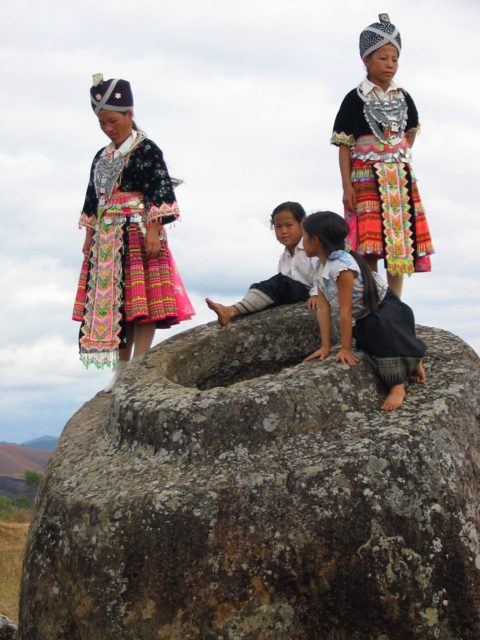
The Legendary Giants
The legends say that these huge jars were created by a race of giants. Their King, named Khun Cheung, after a long but ultimately victorious battle against the enemy, created these big jars to celebrate. He wanted them for lau hai (lau stands for alcohol and hai means jar), so he wanted alcohol jars for rice beer or rice wine, or maybe both. They may have just used them for brewing, no one really knows.
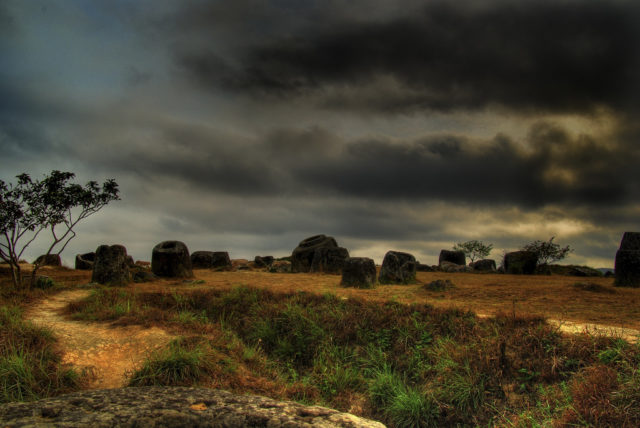
Caravans haven
Another far more plausible explanation is that people made the jars to collect monsoon water. For this made life a lot easier. In this parts of the world, the climate is not so friendly and rains may be seasonal. So these jars were built in very strategically places to collect drinking water.
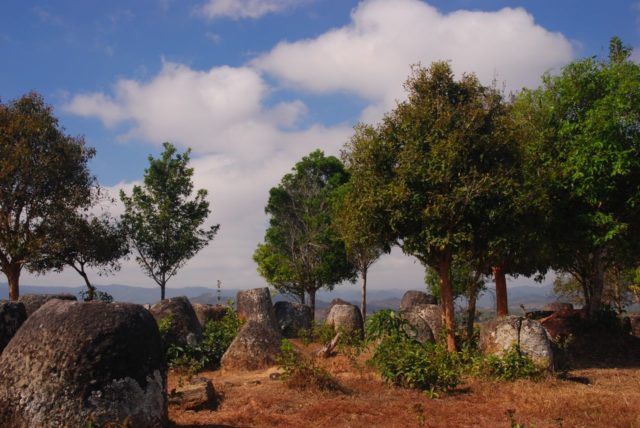
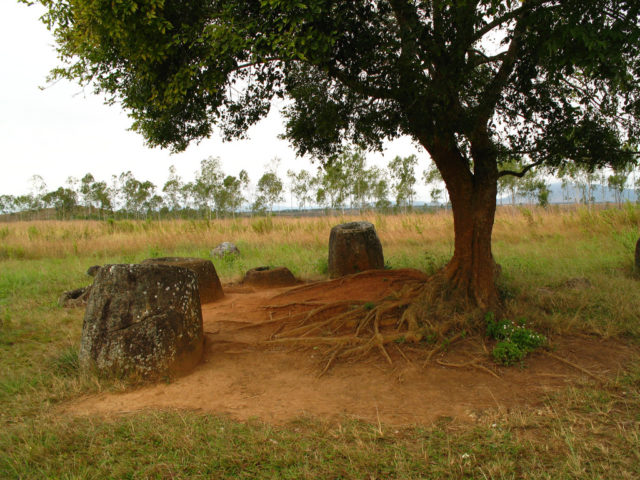
Travelers and trading caravans used them as watering holes also – making them a great place for camping and rest without having to take a longer and more dangerous mountain road just to find water.
